The Google Pixel 6 appeared on the market at the end of October 2021. We present here some of its key results in our comprehensive Display protocol tests.
Key display specifications:
- 6.4-inch OLED screen
- Resolution: 1080 x 2400 (411 ppi)
- Aspect ratio: 20:9
- Refresh rate: 90 Hz
About DXOMARK Display tests: For scoring and analysis in our smartphone and other display reviews, DXOMARK engineers perform a variety of objective and perceptual tests under controlled lab and real-life conditions. This article highlights the most important results of our testing. Note that we evaluate display attributes using only the device’s built-in display hardware and its still image (gallery) and video apps at their default settings. (For in-depth information about how we evaluate smartphone and other displays, check out our articles, “How DXOMARK tests display quality” and “A closer look at DXOMARK Display testing.”)
Test summary
Scoring
Sub-scores and attributes included in the calculations of the global score.


 123rd
123rd
 18th
18th
Pros
- Brightness is acceptable in most tested conditions
- Particularly faithful colors in low light and indoor conditions
- Smooth when playing video games
- Well-managed judder and frame drops when watching videos
Cons
- Low brightness when watching HDR10 content
- Visible steps during adaptation to changes in lighting environment
- Lacks color and brightness uniformity
Like its larger Pro sibling, the Google Pixel 6 is well adapted to most uses. Colors are faithful, gaming and scrolling are smooth, and brightness is suitable for most environments. Its main drawback is that its default brightness is too low when watching HDR10 videos. Further, video playback takes too long to resume after moving forward or backwards in the timeline.
The main differences between the Pixel 6 and the Pixel 6 Pro is size (with proportionately different screen-to-body ratios), less screen brightness and color uniformity on the Pixel 6, visible pink and blue stripes when holding the Pixel 6 on angle, and different refresh rates (90 Hz and 120 Hz, respectively). All of these factors added up to a score for the Pixel 6 that trails the 6 Pro’s by a few points.

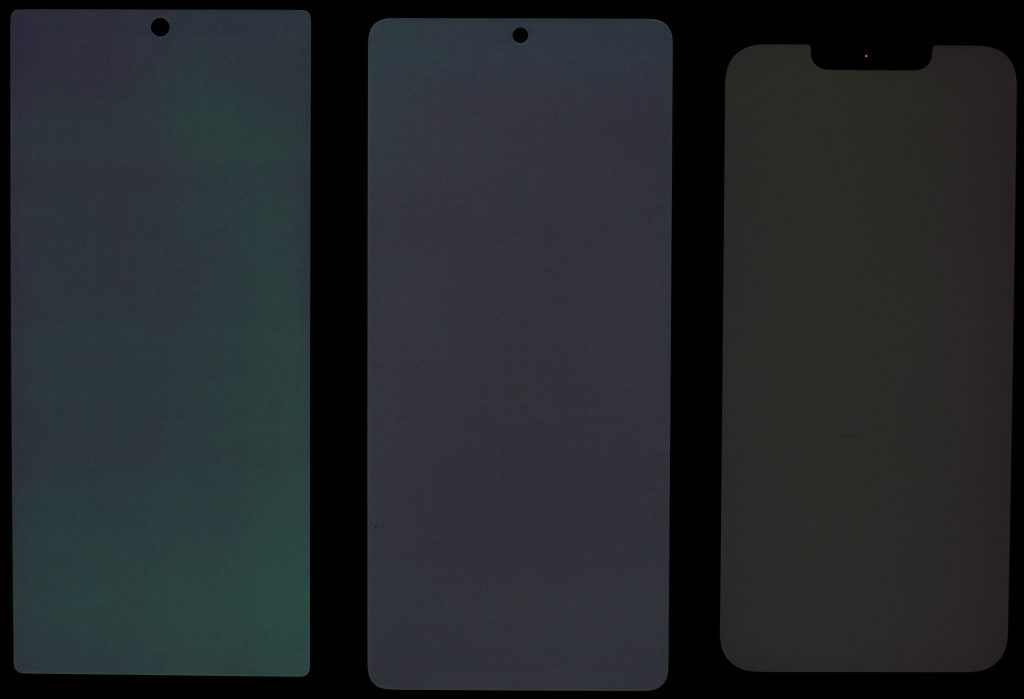
Although a yellowish cast can be noticeable when looking at content outdoors, colors are accurate on the Pixel 6 under other conditions, including indoors (as illustrated below).
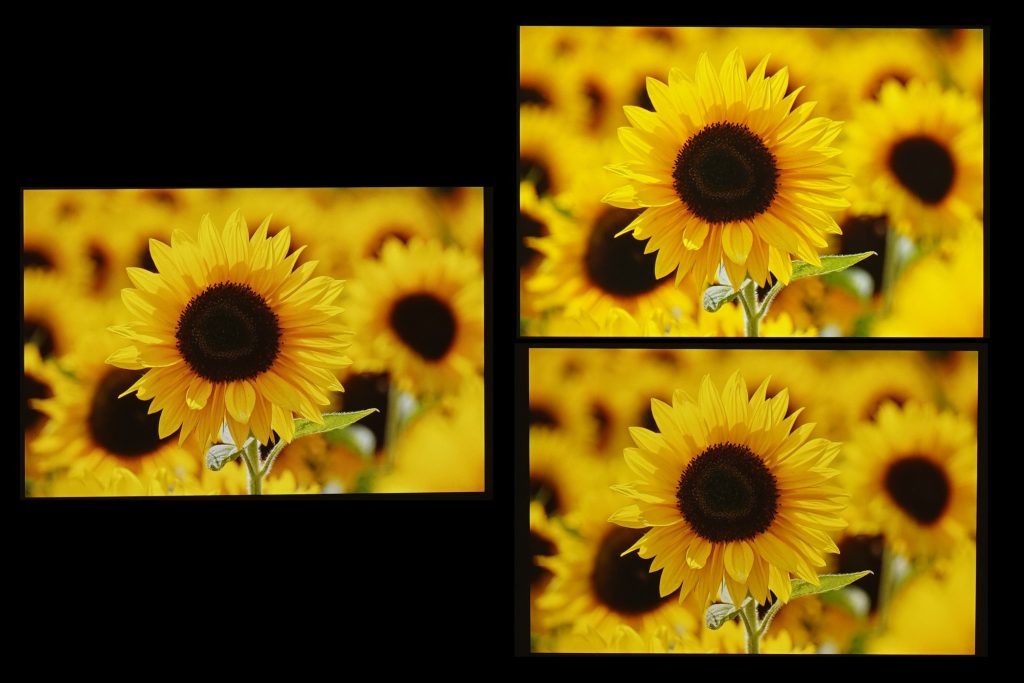
The chart on the left shows the Google Pixel 6’s color fidelity in the P3 color space. The center of each circle in the chart is the target color; the further the tip of the arrow is outside of the circle, the more users will notice the difference between the color on the display and the original color of the source material. The scatter chart on the right shows how the Google device first alternates between blue and pink, then becomes green-blue as the viewing angle increases.
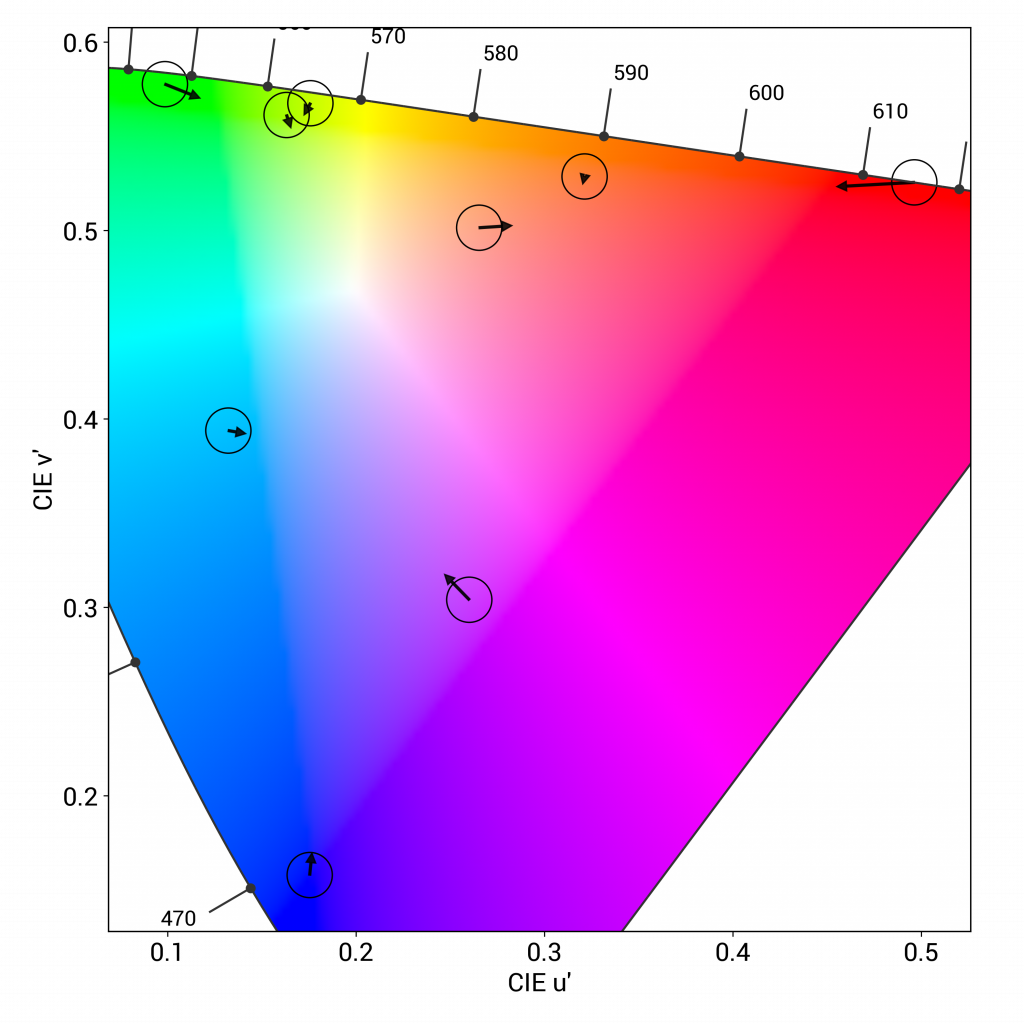
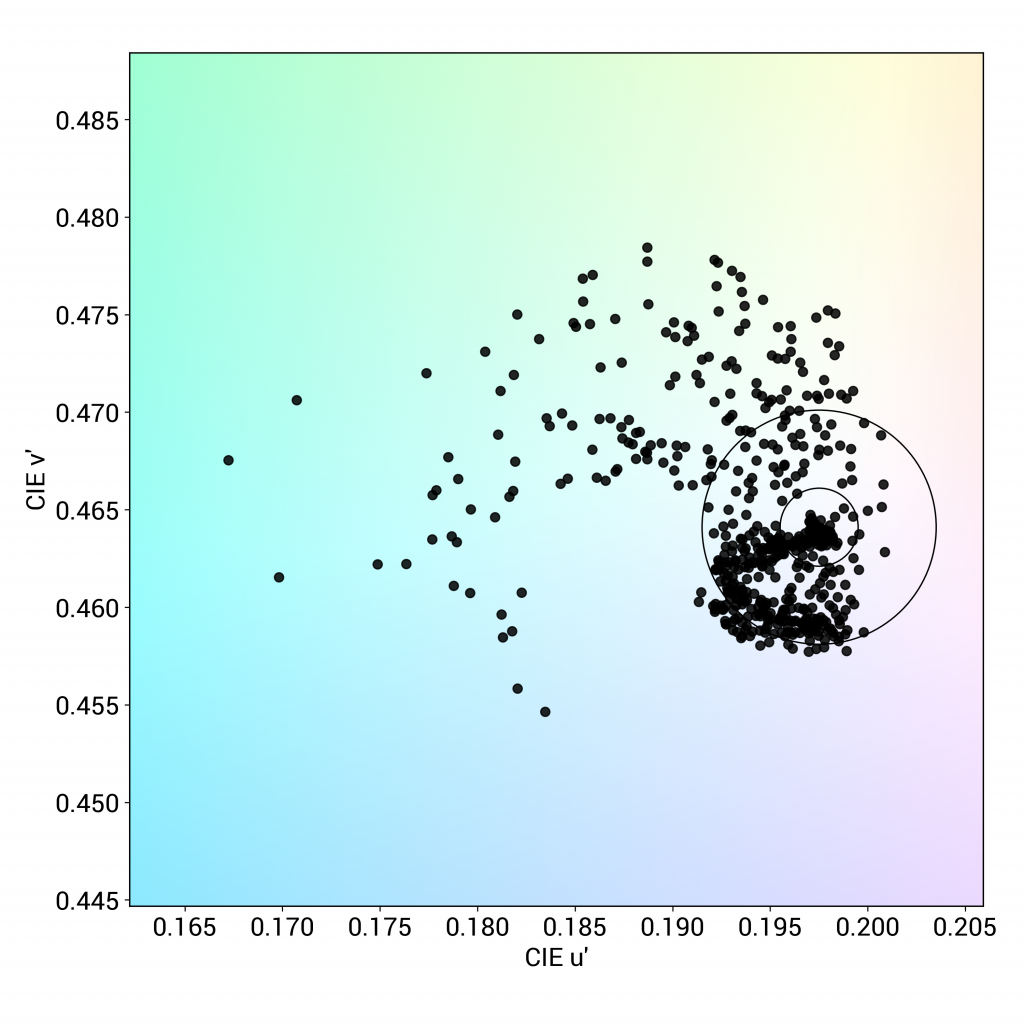
When viewed at an angle, as illustrated below, the Pixel 6 shows alternating pink and blue stripes that become more noticeable as the angle increases.
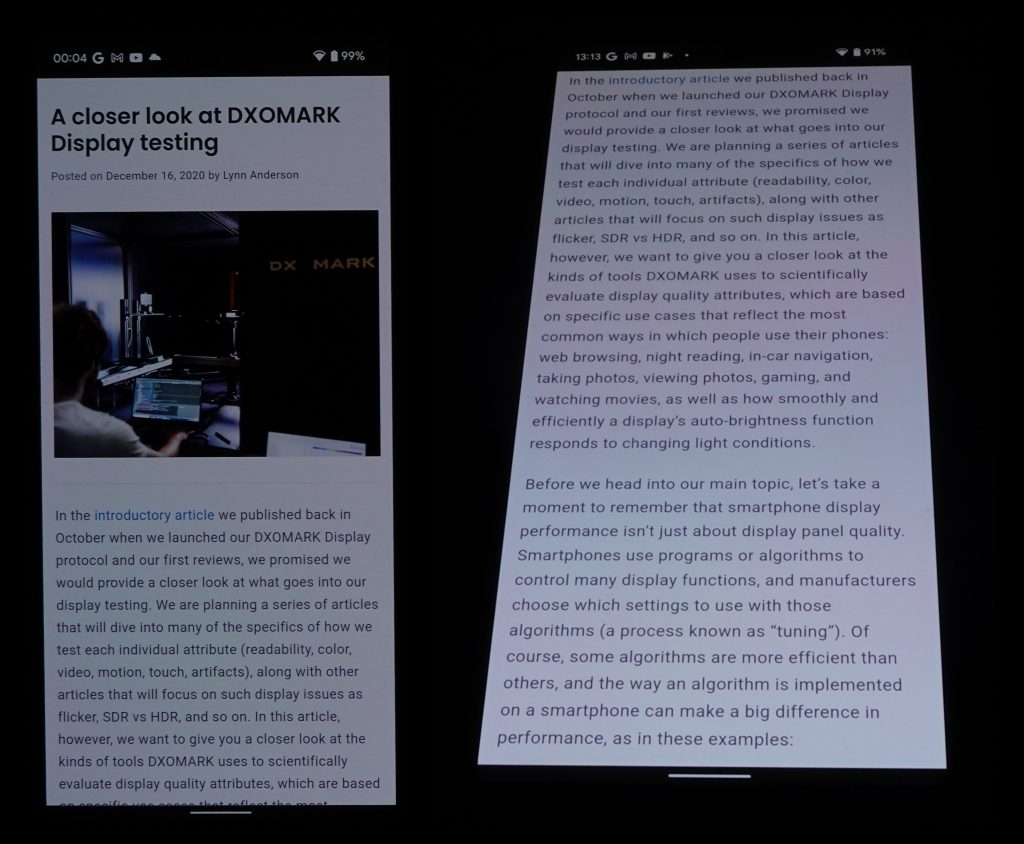
The Google Pixel 6’s brightness is low when watching HDR10 content, with midtones impacted and darker details barely visible.
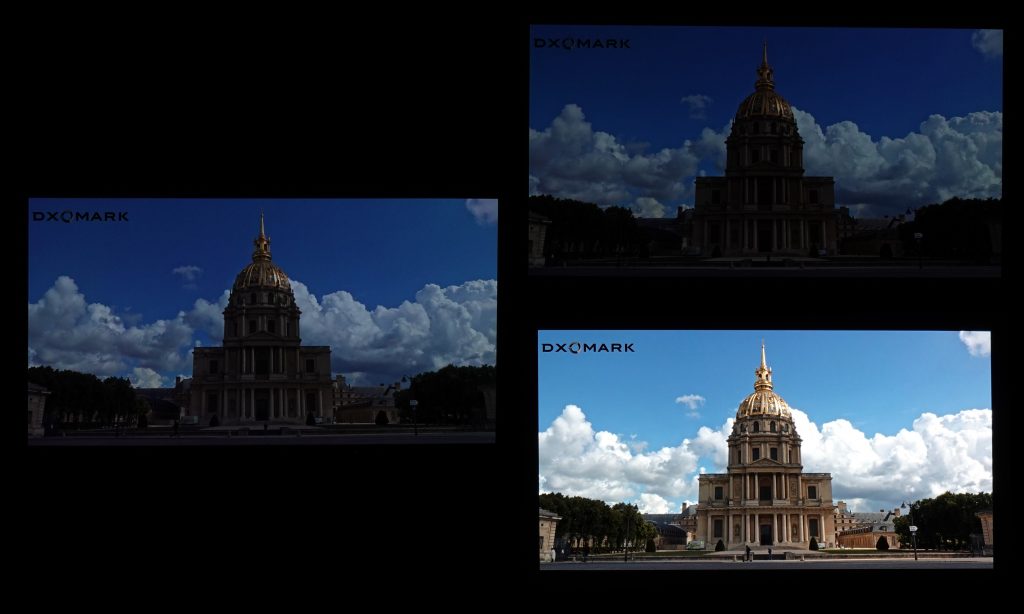
The Google Pixel 6’s video color is accurate; by comparison, the Samsung device shows a reddish cast.

The Google Pixel 6 manages motion blur well. Videos can take long to resume play after moving backwards or forwards in the timeline; moreover, there is a slight but noticeable jump backwards before video play resumes.
The Google Pixel 6’s zoom is accurate but capped. Playing video games is comfortable and every part of the screen is easy to select. The device is smooth when browsing, even though some frame drops are sometimes noticeable. The device manages judder well. Some ghost touches occur from time to time, especially when the device is held in landscape orientation.
As you can see in the comparison photos below, aliasing is noticeable on the Google Pixel 6 when playing video games. The Apple device’s rendering of contoured lines is much smoother.



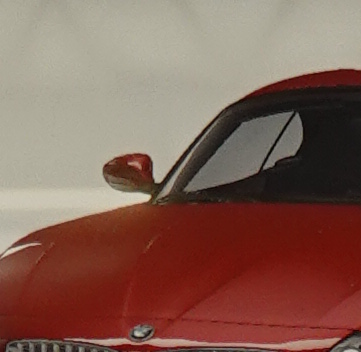
DXOMARK encourages its readers to share comments on the articles. To read or post comments, Disqus cookies are required. Change your Cookies Preferences and read more about our Comment Policy.